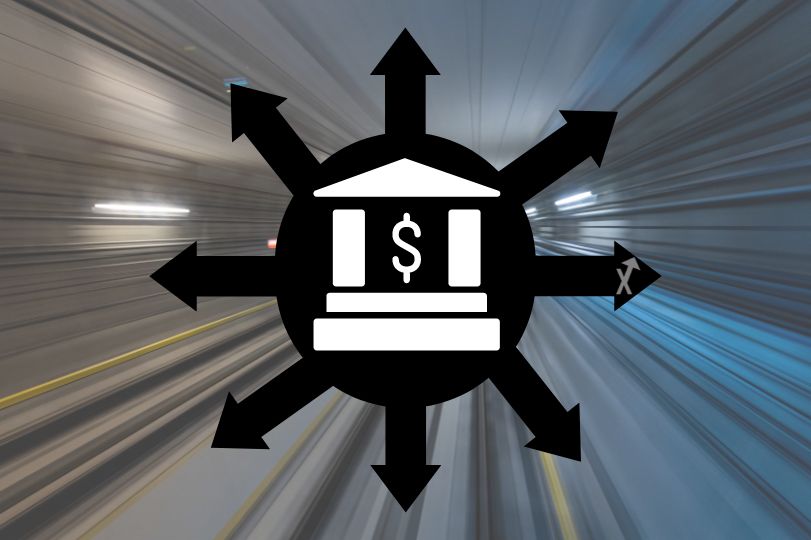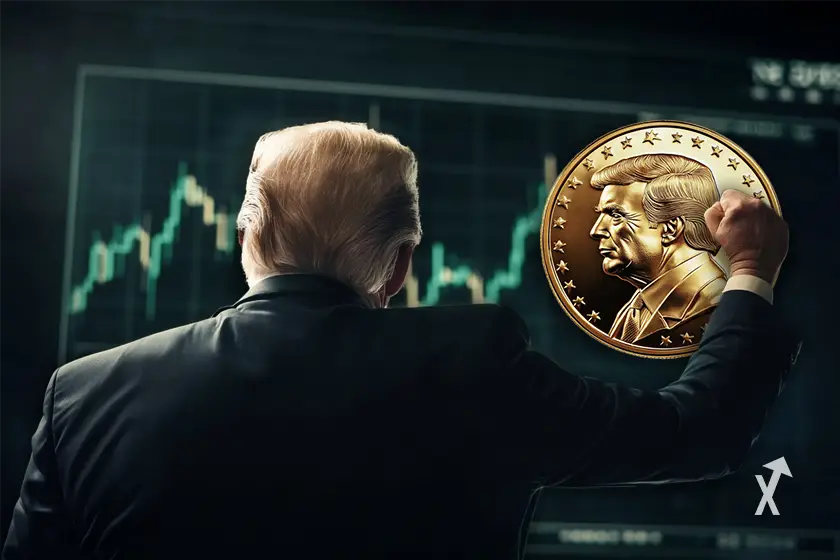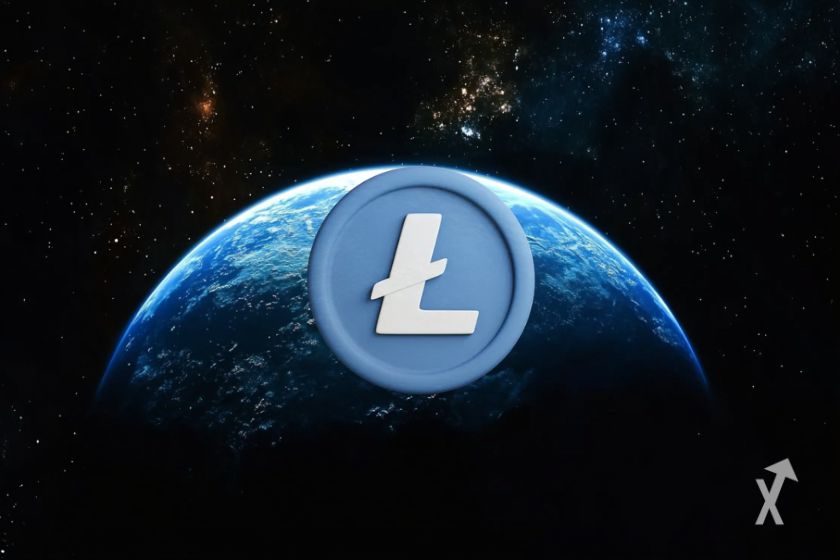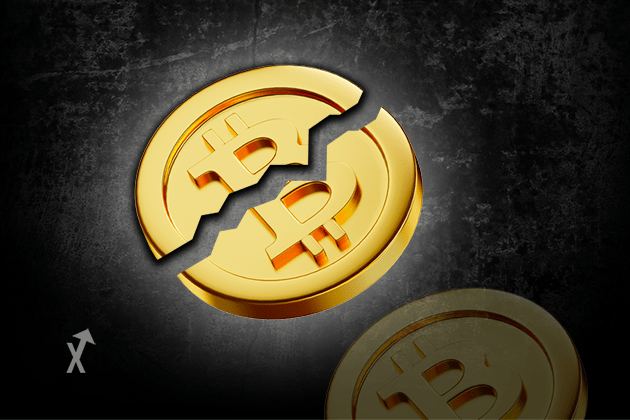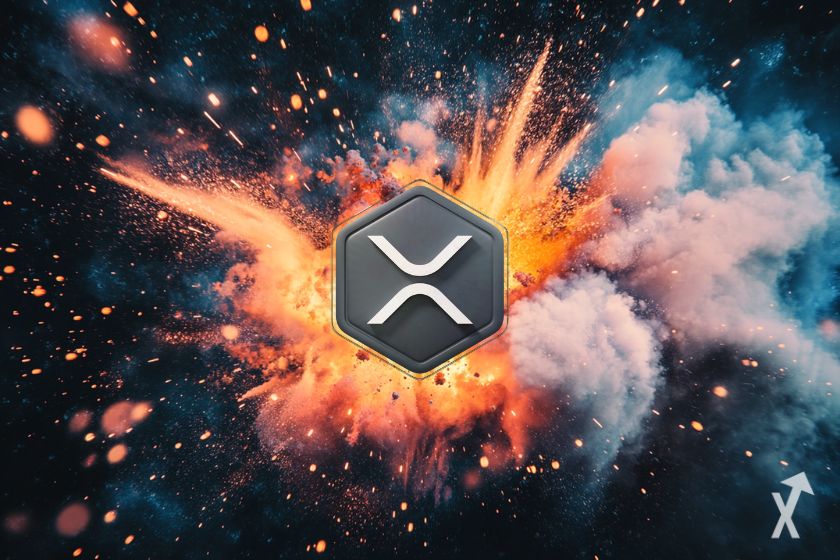Crypto DeFi : what is it?
Decentralized finance (DeFi) is a financial system that operates on a decentralized network of computers rather than a single server. It is a concept invented thanks to and in parallel with crypto currencies which are decentralized currencies and managed by its entire network.
Decentralized finance definition
DeFi, or Decentralized Finance, is a system that allows peer-to-peer exchanges, purchases and sales and is not managed by a central body. This environment is possible thanks to blockchain technology and smart contracts that allow a secure and self-managed network.
DeFi is an emerging digital financial infrastructure that eliminates the need for the intervention of a central bank or government agency to approve financial transactions.
It therefore allows a theoretically freer world, a reduction in the costs associated with financial services while offering comparable products and services.
DeFi was made possible by the arrival of the Ethereum blockchain, which enabled its development also thanks to smart contracts.
Currently, it is possible to lend funds, borrow, and earn interest on a decentralized network.
Decentralized finance compared to centralized finance
Today, almost every aspect of banking, lending and trading is managed by centralized systems and operated by governing bodies.
Regular consumers have to deal with a multitude of financial intermediaries to access everything from car loans and mortgages to stocks and bonds.
In the United States, regulatory bodies like the Federal Reserve and the Securities and Exchange Commission (SEC) set the rules for the world of centralized financial institutions and brokerages, and Congress changes the rules over time.
As a result, consumers have few channels for direct access to capital and financial services. They cannot bypass intermediaries like banks, stock exchanges and lenders, who earn a percentage of every financial and banking transaction as profit.
DeFi challenges this centralized financial system by weakening intermediaries, and empowering ordinary people through peer-to-peer exchanges.
Here’s how it could go :
Today, you can put your money in an online savings account and earn an interest rate of 0.50% annually.
The bank then turns around and lends that money to another customer at 3% interest and pockets the 2.5% profit.
With DeFi, people lend their savings directly to others, removing that 2.5% profit loss and getting the full 3% return on their money.
You might think that’s already what happens when you send money to your friends via Paypal or Lydia, but you don’t. All these organizations, however modern, operate in the same way and are centralized.
What is decentralized finance used for?
DeFi is an open and global financial system designed for the internet age, it is an alternative to an opaque system, tightly controlled and maintained by decades-old infrastructure and processes.
Decentralized finance gives you control and visibility over your money. It gives you exposure to global markets and alternatives to your local currency or banking options.
DeFi products open up financial services to anyone with an internet connection and they are largely owned and maintained by their users.
Tens of billions of dollars of crypto have flowed through DeFi applications so far and it’s growing every day. There is also talk of stablecoins, digital tokens supposed to be hermetic to the volatility of cryptos.
With DeFi, the markets are always open and no centralized authority can block payments or deny you access to anything.
Services that were previously slow and at risk of human error are automatic and more secure now that they are run by an algorithm that anyone can inspect and review.
The risks of decentralized finance – DeFi
Although DeFi looks like a new world for finance, DeFi presents various disadvantages and risks for potential participants:
- Outright scams : Many scammers seek to ensnare new crypto investors lured by returns that can significantly exceed those offered by traditional financial institutions. A return that is too high could well be too good to be true and hide flaws (example: that the interest given is paid in a very volatile crypto).
- Theft : Beyond outright scams, it is possible for cryptocurrencies to be stolen, especially given the coding vulnerabilities in some dApps. Funds can be lost or stolen, and then it is up to the core team behind the DeFi project to decide how to compensate participants.
- Volatility : While high yields can help ease your downside in the volatile world of cryptocurrency, you will still have to endure fluctuations to earn what might be modest returns in the end. In one day, a cryptocurrency could easily lose the yield of a year and more.
- Support in case of problem : for everything that can arise in this decentralized world, one of the problems is not having anyone to turn to. It’s beneficial to remove central bodies to avoid losing money and paying fees, but when there is a problem in DeFi, no one takes responsibility to help users since no one is really responsible.
The different players – DeFi crypto list
DeFi exists through different major players that allow its existence :
- Blockchains
- Plateformes d’échange (exchanges)
- Stablecoins
- dApps
Blockchain
Decentralized finance was born thanks to the invention of blockchains. Indeed, these blockchains have brought their share of innovations and make it possible to create a secure, automated and decentralized environment.
DeFi is based on these principles and it is in particular the Ethereum blockchain that has facilitated its development thanks to smart contracts. These are contracts, on the blockchain, that automatically execute when the terms are touched.
For example, they allow the lending of funds between peers while securing the lender.
Exchange platforms also have their role in DeFi since they are the ones that partly allow you to get started in it. Indeed, exchanges are platforms on which you can buy your first crypto simply with your credit card.
You can then send your cryptos to a wallet that will allow you to connect to various DeFi platforms.
The exchange platform is avoidable since now some wallets directly offer the purchase of cryptos. However, exchanges such as Binance, Coinbase, etc. are a reassuring trust organization to start with.
Stablecoins
Stablecoins are very important in the world of decentralized finance. Indeed, stablecoins are stable cryptocurrencies that are backed by fiat currencies through various financial techniques.
They respond to a real problem in an environment where volatility is still very high. In decentralized finance, they are very often used and highly appreciated.
dApps (Decentralized Applications)
The dApps are the purpose of decentralized finance since they are the decentralized applications. These are blockchain-based applications that offer different services.
Some dApps are simply Play to Earn games where players can earn NFTs and cryptocurrencies.
Others are protocol-based applications that allow users to lend money to other users. To do this, they must make a deposit of one asset to borrow another. No other collateral is needed and this system allows everyone to be able to borrow.
On these platforms, some can borrow, others can lend by earning interest. There are also staking and farming protocols that offer the possibility for a crypto holder to earn sometimes very interesting interest.
How to make money with DeFi ?
There are, thanks to decentralized finance, many protocols and types of investments on which it is possible to benefit from enormous interest compared to what is generally offered in the traditional banking system.
In the hunt for high interest, a practice was born: “Yield Farming” or yield farming, consists of finding dApps with very high interest and optimizing your investment by doing a kind of interest trading.
Several types of investment and techniques have emerged today, some of which are more or less interesting than others :
- Staking : you put your money to work in blockchains based on Proof of Stake. We block our money for a certain period and we earn interest in the crypto that we stake (between 5% and 15%).
- Lending : you make your cash available to people who borrow (borrowing) and you earn interest for being a lender (between 5% and 25%).
- Farming : you deposit cash in 2 different tokens and you earn very high interest in lesser-known tokens that you have to resell quickly to avoid fluctuations (interest that can go up to 100%).
- Earning : some platforms like Binance offer “earning” programs which simply consist of blocking your money (you unlock when you want) and earning interest of up to 10% on certain tokens.

